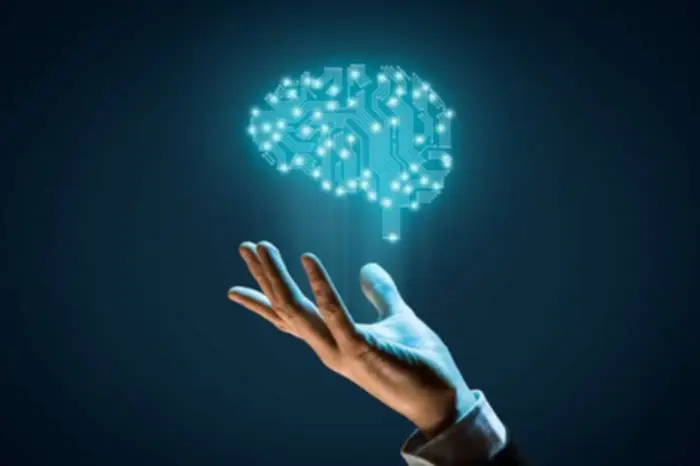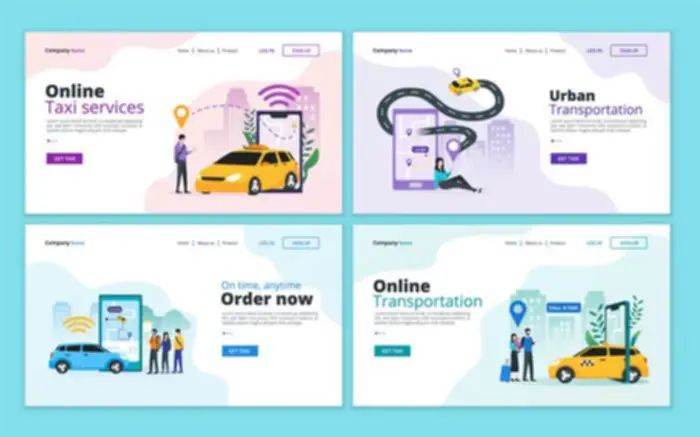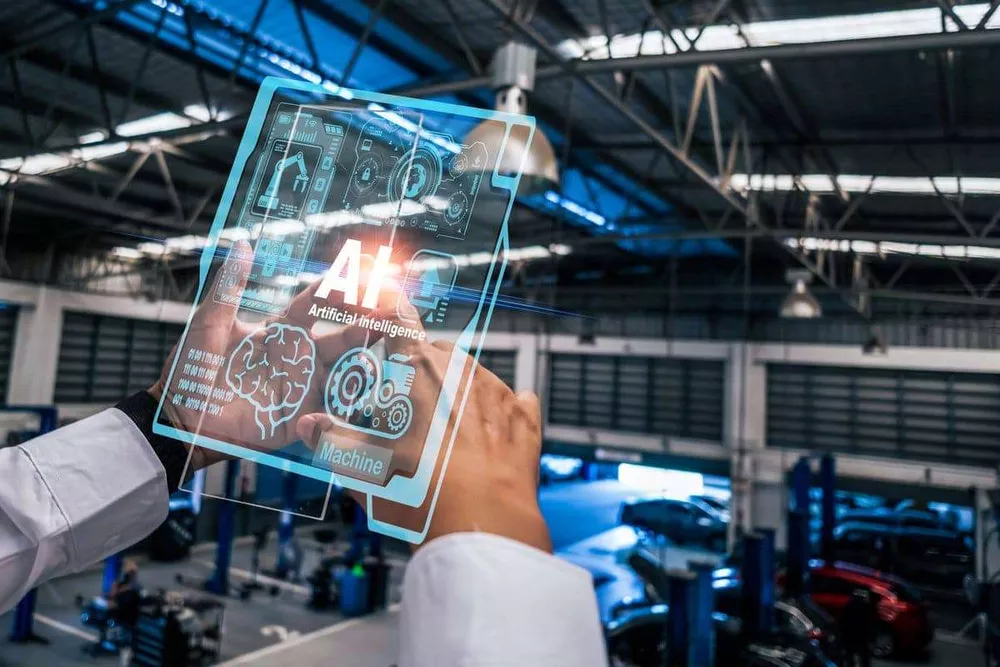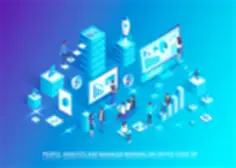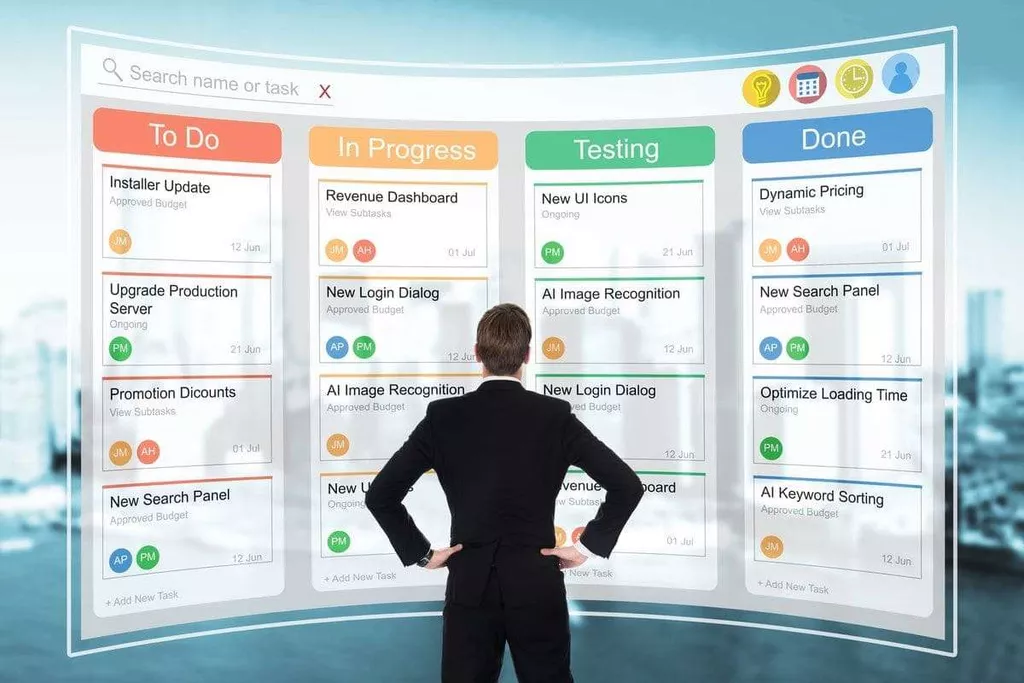For instance, it can be used to detect fraudulent behavior by monitoring person conduct and identifying anomalies or deviations from normal patterns. This could presumably be helpful for fraud detection within financial transactions or other purposes the place fraud is a priority. By amassing data https://www.globalcloudteam.com/ on person habits and using machine studying (ML) algorithms to establish patterns and anomalies,5 IoB can help enterprises determine potential safety threats before they turn out to be problematic. There are ready-made solutions you could combine into your on-line retailer to investigate consumer conduct.
Autonomous Operations For Industries
As IoB shapes our future, it is crucial to navigate this path with mindfulness in course of ethical implications and particular person rights. While IoB can be utilized positively to influence consumer behaviour for their benefit, it also has the potential for misuse. There are issues business trends for next 10 years about firms manipulating shopper behaviour for profit or governments utilizing IoB knowledge for increased control. The ethical dilemma revolves across the morality of using private information to affect behaviour and the shortage of control over how this knowledge is utilised.
Experienced Software Program Engineers To Build Customized Applications And Integrations
People used to synchronize their gadgets by themselves, and it’s a pretty helpful practice. IoB is an rising technology that will affect the tech marketplace for the subsequent few years. IoB or Internet of Behaviors is based on understanding, predicting, and affecting human conduct by way of data analysis. Another software program firm, GBKSOFT, has carried out a project that additionally implements the IoB concept. Making use of a handheld system related to the cell phone, every hit on the golf ball is recorded within the app and analysed (stroke pressure, trajectory, angle, etc.). As a result, the participant can see their errors and get visible suggestions on the way to improve their swing and stroke.
Healthcare And Wellness Monitoring
It also permits healthcare businesses to improve affected person segmentation while permitting them to attach digital media to healthcare transactions. This allows healthcare institutions to higher understand market efficiency and strengthen customer relationship administration (CRM) utilizing claims-based analytics. Generally speaking, IoB could be appropriate for each firm that wants to adapt its services to the habits of potential clients.
Generative Ai For Enterprise Methods
Similarly, IoB finds purposes within the eLearning phase of the industry because it generates huge quantities of pupil information. While other industries primarily utilize IoB for advertising, it enables more mission-critical use instances in the finance sector, together with banking and insurance coverage. By analyzing buyer behavior using advanced analytics, fintech firms detect fraud, higher manage risks, and improve credit danger assessment. Further, user-specific knowledge from IoT devices, such as digital reality (VR) headsets and smartphones, throughout digital occasions present higher visibility into customer engagement and expectations. Media companies leverage it to gauge and observe their content as properly as create customized content and proposals. Through this, they’re ready to higher attain their audience, improve viewers satisfaction, and expand the audience pool.
Some Examples Of Iob Functions Embody
Additionally, IoB aids in understanding customer financial behaviours, allowing banks to offer personalised financial recommendation and tailor-made product choices. This not only enhances buyer satisfaction but also increases the effectiveness of financial providers. Companies retailer knowledge in databases and analyse them with AI algorithms to create an intelligence engine able to understanding consumer behaviour patterns. 6DoF spatial data on head, hand, and body actions in 3D area is a complex dataset.
Artificial Intelligence, How Will It Change Iot?
Ford and Argo AI have teamed as much as design autonomous vehicles that reply in one other way to visitors, pedestrians, bicycles and scooters in numerous cities. IoB is predicted to prevail, with greater than half of the world’s inhabitants participating in at least one IoB program by the top of 2025. This pattern ought to spur corporations to implement cybersecurity education and awareness packages. It is not an entire listing of how organizations and corporations can use the Internet of Behaviors to extend revenue and enhance brand loyalty. Now consider the IoT as the underside of a interval, gathering data and presumably even changing it into evaluation. Is the principal of information security skilled practices on the ISACA® Content Development and Services staff.
- Similar to the advertising sector, the retail industry benefits from the insights into client habits, preferences, and purchase patterns derived via IoB.
- With them in your possession, you can present goods and providers with great personalization.
- Collecting vast amounts of data on person habits raises questions about who has access to the data and how it’s getting used.
- It aims to enable organizations to higher perceive and affect customer behaviors, enhance decision-making, and enhance consumer experiences.
- First, these new technologies ensure remote affected person monitoring, as IoT devices can acquire such metrics as coronary heart price, blood strain, temperature, and extra and send this information to software program purposes.
These case studies illustrate the varied and impactful applications of the Internet of Behaviour throughout varied sectors. From enhancing retail experiences to bettering healthcare outcomes and city residing, IoB is a strong device for extracting priceless insights from knowledge and using them to drive positive change and innovation. IMPROVE CARE INSURANCE PRICINGInternet of Behaviors brings a new opportunity for insurance companies to offer personalized prices primarily based on consumer driving conduct. IoT units can collect distance and car speed, normally used for driving, and supply correct premium insurance. Cprime has broad expertise in building telematics solutions for industrial vehicle monitoring. Telematics can analyze real-time data on a vehicle’s location, velocity, gasoline consumption, route, or driving conduct to improve the logistics.
However, some functions in the fields of defense, healthcare, and finance are set to gain advantage of fixed monitoring and evaluation. In truth, with sufficient transparency to the system and higher security, the IoB technology can prove to be a priceless addition to our technological arsenal. IoB is a field of analysis that vies to grasp how individuals use know-how to make buying choices. It combines IoT – the idea of utilizing smart sensors and home equipment to gather information – with behavioral science and edge analytics. With the appearance of IoT and a flood of internet-facing units hitting the market, organizations have been excited to take benefit of these completely new avenues for information assortment. [newline]Whether it’s using IoT networks in smart cities, such as projects occurring in UK cities like Leeds or Edinburgh, or retail giants using sensors to evaluate buyer behavior, the potential for IoT has been broadly hyped.
The Internet of Behavior (IoB) is a concept that refers back to the assortment and evaluation of information regarding individuals’ behaviors, actions, and preferences by leveraging varied applied sciences. With virtually three billion folks set to expertise IoB in various capacities, the know-how is bound to have an effect on the future of service effectiveness. However, as IoB remains to be in its nascent stage, all we can do now might be wait for it to unfold its potential. In this way, behavioral evaluation and psychology have allowed new insights into the data collected by the Internet of Things. The Internet of Behavior extends from the Internet of Things, the interconnection of gadgets that ends in all kinds of latest data sources. This knowledge could be specific to you as a customer – information you’ve provided via a company’s app or website.
The information collected by the IoT gadgets provide valuable details about users conduct, interests and desire. This has brought a brand new means for expertise that is recognized as as Internet of Behavior in short IoB. As with any expertise that offers with personal knowledge, IoB raises necessary questions on privacy and ethics. This section addresses the considerations surrounding data privacy, consent, and moral use of behavioural information. It discusses the regulatory panorama and how companies can navigate these challenges while harnessing the ability of IoB. In the realm of smart city improvement, IoB performs an important function in enhancing urban residing.
IoB, like other technology trends similar to AI and machine studying, is likely to spark significant debate concerning the ethics vs. optimistic purposes of this expertise. According to those specialists, by 2023, the individual actions of 40% of the global inhabitants might be tracked digitally to influence their habits by way of the IoB idea. In 2023, that percentage will characterize greater than 3 billion individuals worldwide (Gartner 2020). Smartz Solutions specialises in managing buyer and worker experiences through our enabling technology.
If cybercriminals acquire entry to a person’s delicate private info, this might lead to identification theft and may be used to apply for credit score, file taxes or receive medical providers. These acts can injury credit score status and price victims of identification theft money and time to revive their reputations. In conclusion, the Internet of Behaviors (IoB) stands as a groundbreaking paradigm poised to redefine the method in which we work together with expertise, knowledge, and each other. By seamlessly merging the digital and physical realms, IoB empowers organizations and people alike to harness the power of behavioral insights for unprecedented decision-making and customization. However, this transformative potential raises considerations surrounding privacy, consent, and information security, demanding rigorous safeguards to stop misuse and abuse of non-public info.

